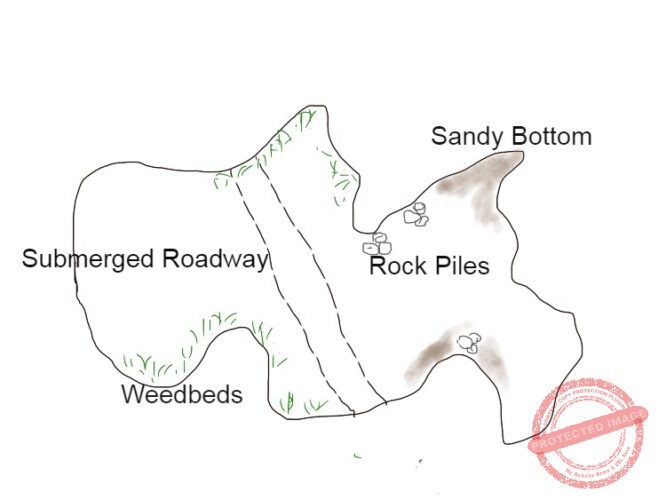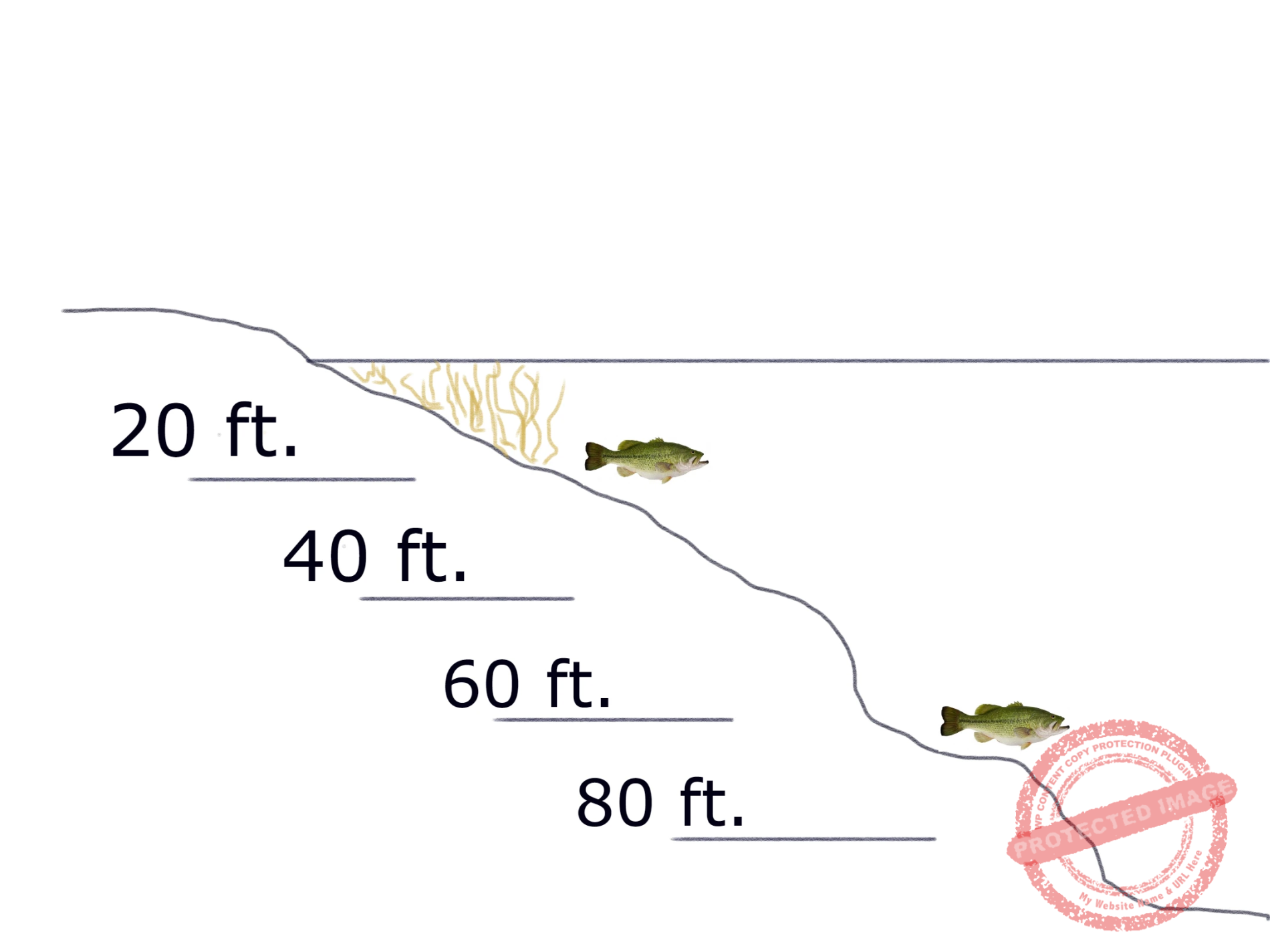You will hear on fishing shows anglers mention a pattern for fishing. They make it sound like some sort of magic. Patterns are mentioned though rarely explained and if it is only in vague and limited terms. You likely have everything needed in your tackle box needed to do the same. This means you can do the same, as they did on the show or in a tournament.
What patterns are is relatively simple. The development is the hard part and takes experience and time. A pattern is where the fish are. When they are active most of the time, and what presentation will work to catch the fish. Understand these three details and you will catch more fish. The hard part can be finding the fish depending on the time of the year.
Where are the Fish Pattern for Fishing

Spring
In the spring fish are easier to find as they begin the pre-spawn feeding frenzy. Locate their food source and you will catch a lot of fish. They feed heavily this time in their life preparing for the spawn. The majority of fish do not eat or do so very little during spawning. So they gorge prior to the spawn. After the spawn is complete they tend to rest for a short time.
Then feed consistently to regain weight and strength. The rest cycle varies between species so study your target fish to understand their tendencies. The temperature influences spawning. It takes place at different times based on where you live. Once the spawning period is over the fish move to another habitat meaning you will need to find them again.
Tip
States have laws concerning fishing during spawn. It can be illegal to target spawning fish. Check the local laws, also many anglers consider it unethical.
Summer
In the summer months, fishing can be easier or tougher as fish will move around seeking suitable temperatures and food sources. An example is a walleye that will move into shallower water or streams to spawn. When they finish spawning. They disappear in the opinion of inexperienced anglers.
Walleye move to deeper, cooler water that is preferred, often not near shorelines. The bass will move into the shallows as they prefer warmer waters. Understanding their behavior is key. You must study each individual species of fish; to know when and where they hang out based on the seasons of the year. This a key element of a pattern for fishing.
Fall and Winter
The fall and winter months can be prime time for bigger fish. The summer has been spent feeding gaining size and in many fish, weight can increase greatly during the summer. World record fish are caught in the later summer through late fall months with bass being an exception. It is about a 50/50 ratio in these time periods, which should tell you something. If you need proof go to the IGFA website and look.
During the fall fish will begin to come into shallower water to take advantage of the year’s bounty; that is spawned in the spring. The minnows, crawfish, and other food sources are now big enough to fulfill their nutritional requirements. Fish are opportunistic feeders going where the best available food sources are located.
Presentation Pattern
You know where to find fish and now it is time to present something they want to eat. Time of day along with water temperature plays a role in this part of the pattern. In cold water, a fish moves slower and many times hardly at all. Instead, they wait for food to come to them. Slow-moving presentations are the name of the game. This allows the fish to decide whether it wants to come after your bait. Jigging and suspending lures work when others simply go by too fast for the fish’s liking in cold water.
On the other end of the spectrum is warm water. The fish will come after a lure doing 5-8 miles per hour without a second thought. This is when crankbaits, spinners, and other steady-moving presentations outperform the slower ones. The next time you go fishing try adjusting locations and presentations based on water temperature and time of year. I think it will surprise you how a few little changes can lead to greater success at catching fish.
A well-prepared angler will have 2-3 or maybe 4 options in lures. This allows for using an effective presentation in most situations. At a minimum, an angler should have a reaction and finesse option available. The weather and amount of fishing pressure affect the bite.
Conclusion
Fishing simpler leads to more enjoyment and catching more fish. Do not overthink something meant to be fun. Try new techniques whenever your typical routine yields little or no results, but remember just have fun. This article is for new or novice anglers, however, if you’re an experienced angler it never hurts to refresh the basics.
Keeping fishing simple for tight lines and bragging rights
John McIntyre
